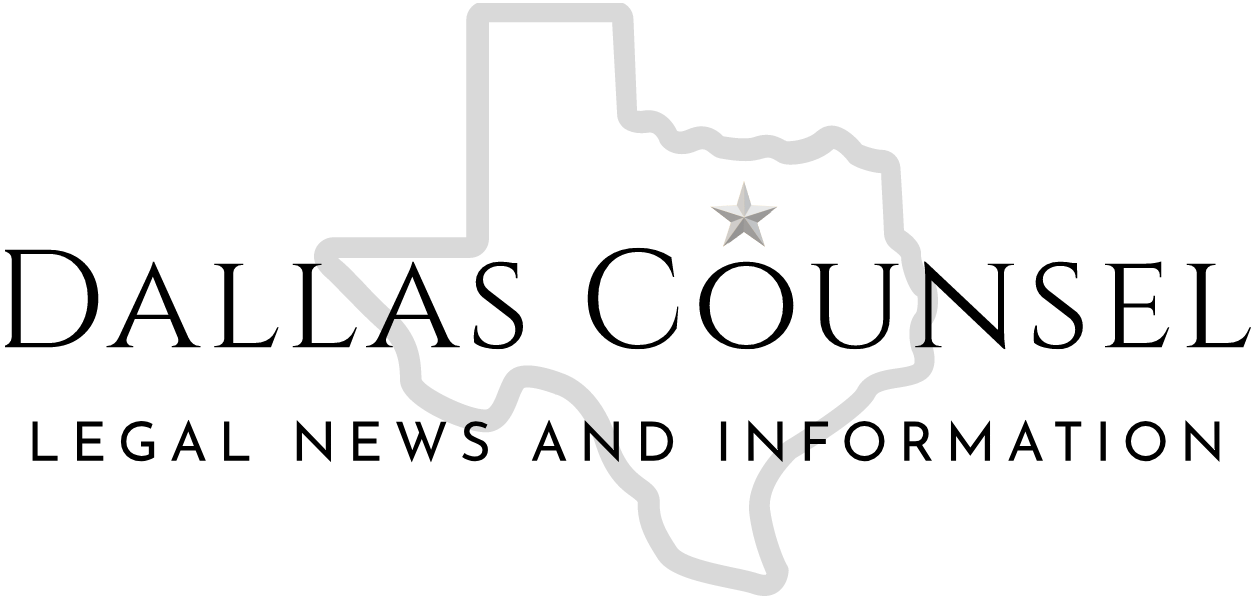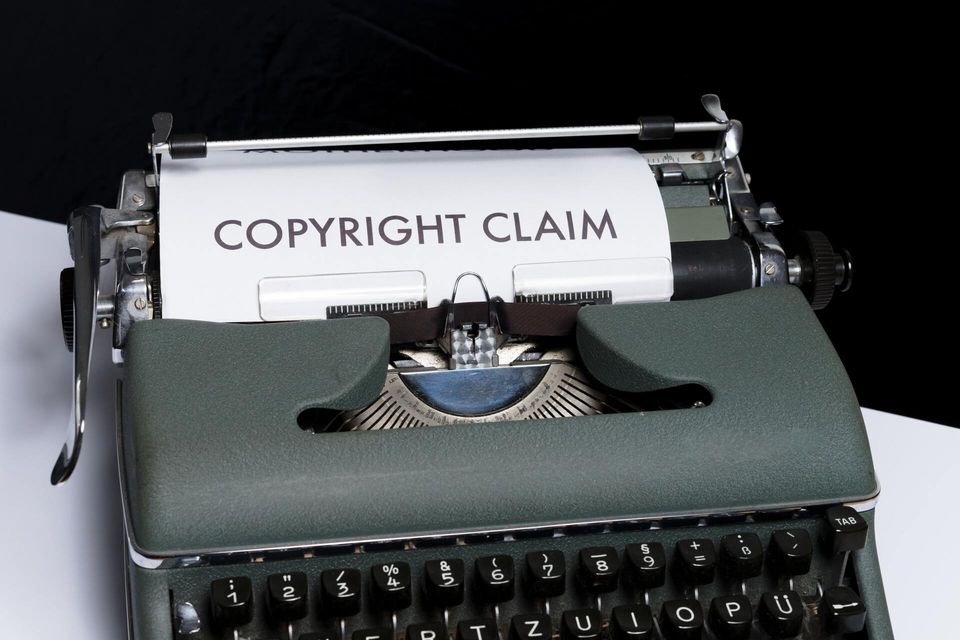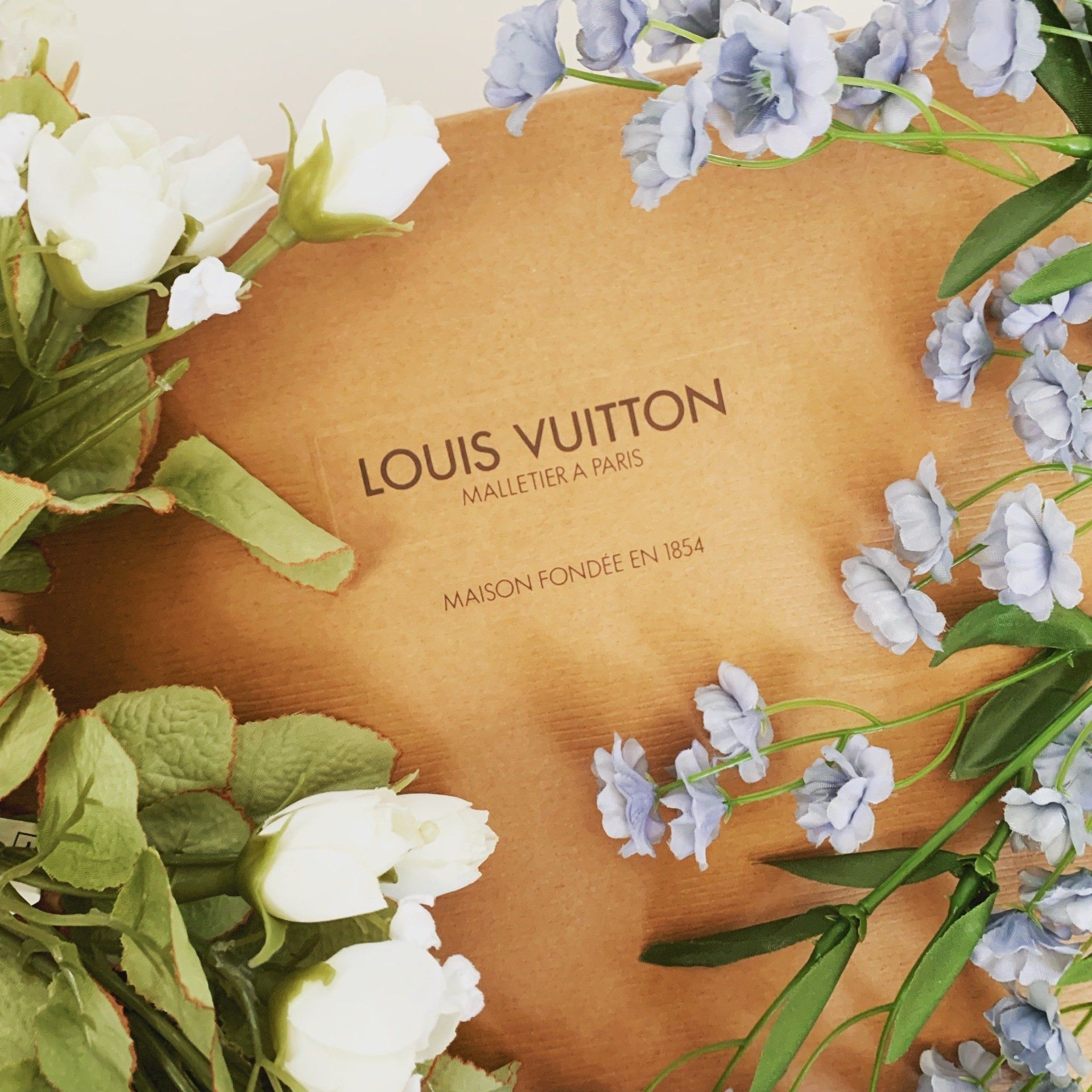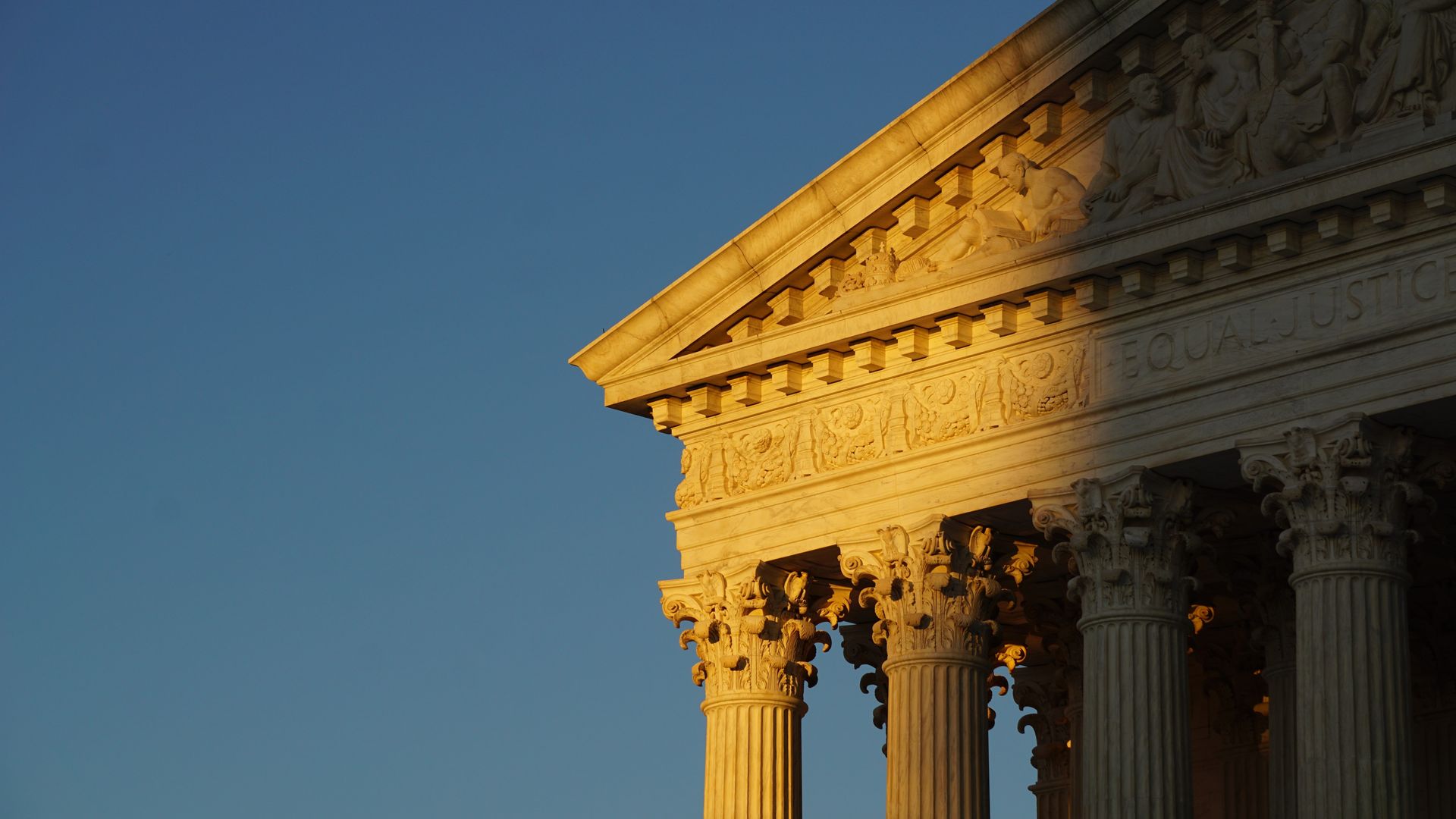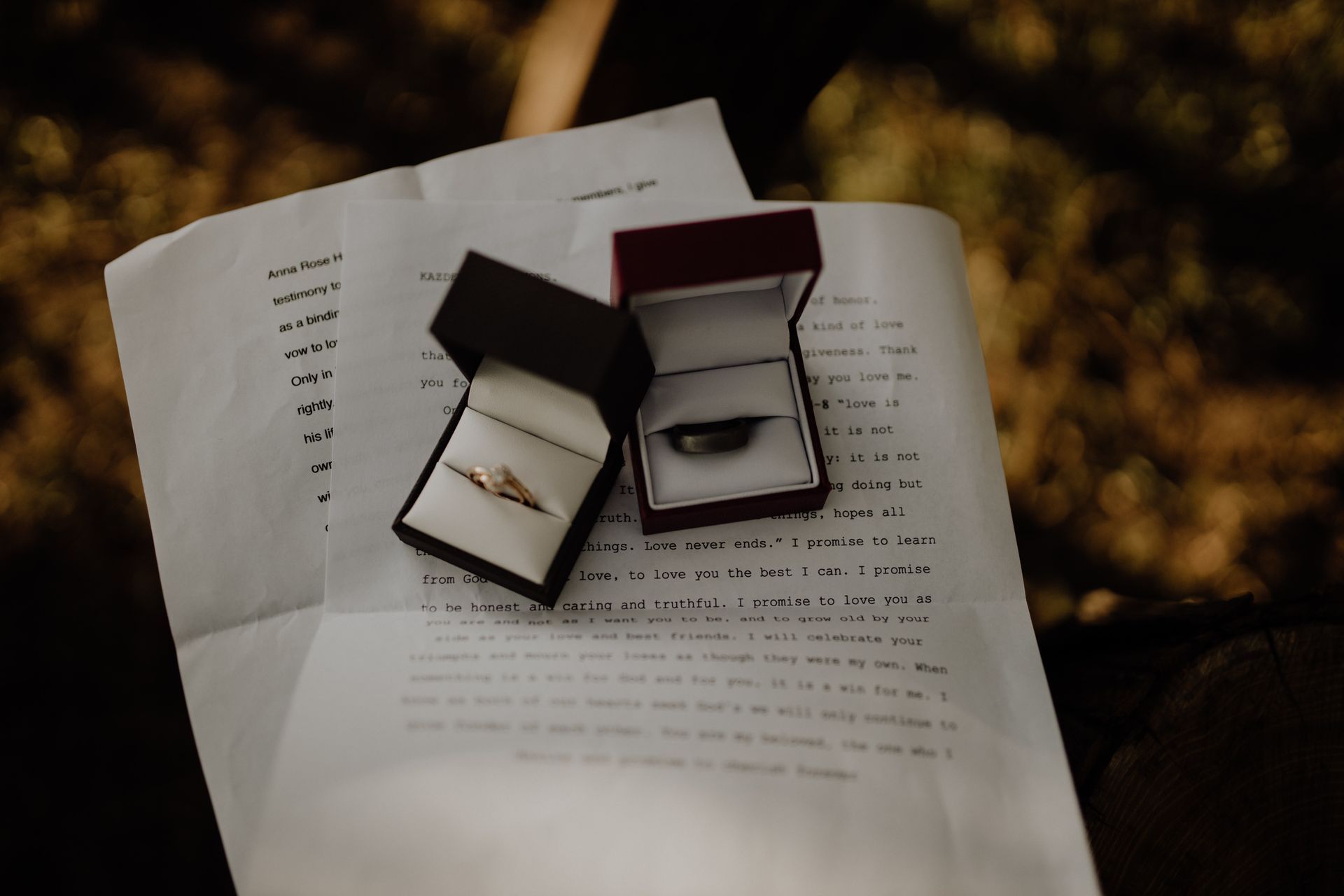The "Fair Use Doctrine" and When It's Appropriate to Use Copyrighted Material
In some instances, you do not need permission to use copyrighted material.
January 1, 2021
Fair Use is a legal doctrine used in the United States that allows for the use of material without first acquiring permission of the copyright owner’s permission.
Examples of categories that fall under the Fair Use doctrine include the commentary and critique of material, news reporting, material used for teaching purposes, scholarship, and research purposes.
When determining whether a fair use defense is valid, four factors must apply: Purpose, Amount, Nature, and Effect:
1. The intended purpose of the use:
Was the copyright material used with the intent of benefiting from it or was it mistakenly copied? Inadvertent/accidental copying of a material is not always a plausible defense. Courts will also consider how the material is being used (for example teaching purposes, commercial use, etc.). Copyright material should be altered in a way to add new expression or meaning and/or be used to make new information, perceptions and interpretations.
- Notable cases: Campbell v. Acuff-Rose Music, Inc., 510 U.S. 569, 578, 114 S. Ct. 1164, 1171, 127 L. Ed. 2d 500 (1994), Worldwide Church of God v. Philadelphia Church of God, 227 F.3d 1110, 1118 (9th Cir.2000), American Geophysical Union v. Texaco, Inc., 60 F.3d 913, 922 (2d Cir.1994), A&M Records, Inc. v. Napster, Inc., 284 F.3d 1091 (9th Cir. 2002).
2. How much is being copied:
Courts will take into consideration how much of the material was used. For example, a whole book vs. only a small passage. The totality of the circumstances must be considered when considering the amount that was used, however, no amount of material is too little to be considered copyright infringement.
- Notable cases: Harper & Row, 471 U.S. at 564–65, 105 S.Ct. at 2232–33, Supermarket of Homes v. San Fernando Valley Board of Realtors, 786 F.2d 1400, 1409 (9th Cir.1986), Religious Tech. Ctr. v. Netcom On-Line Commc'n Servs., Inc., 907 F. Supp. 1361, 1379 (N.D. Cal. 1995).
3. The nature of the material being copied:
Courts will look at the quality of the work considering whether it is fictional or nonfictional. Non-fictional work typically has a stronger argument for applying the fair use doctrine due to the material being facts rather than beliefs. Fair use can be difficult to establish when fictional works are copied, however, the first use of the material is taken into consideration.
- Notable Cases: Campbell, 510 U.S. at 586, 114 S.Ct. 1164, Walking Mountain, 353 F.3d at 803 (quoting Dr. Seuss, 109 F.3d at 1402), Dr. Seuss Enterprises, L.P. v. ComicMix LLC, 256 F. Supp. 3d 1099 (S.D. Cal. 2017), Kelly v. Arriba Soft Corp., 336 F.3d 811, 820 (9th Cir. 2003).
4. The effect/value of the copyrighted work:
Considered the most heavily weighed factor, the overall value of the copyrighted material is considered. Courts will identify if the subject matter being copyrighted is an attempt to substitute/replace the original work or an attempt to financially benefit from the original work. Future gains from the use of the work are also considered part of the determination of the value.
- Notable Cases: Campbell v. Acuff-Rose Music, Inc., 510 U.S. 569, 577, 114 S. Ct. 1164, 1170, 127 L. Ed. 2d 500 (1994), Sega Enterprises Ltd. v. Accolade, Inc., 977 F.2d 1510, 1522 (9th Cir. 1992), as amended (Jan. 6, 1993).
Judges typically evaluate fair use claims on a case by case basis and by the unique circumstances of each. When considering using potentially copyrighted material, legal counsel is strongly advised.
At Wilson Legal Group PC, our litigation lawyers have years of experience and are ready to handle your legal disputes. For more information on IP Litigation please click the link.
All information and summaries are intended as informational only regarding legal trends and news. Nothing should be taken as legal advice or legal opinion and readers should seek out advice from legal counsel prior to acting on information provided by this blog.
